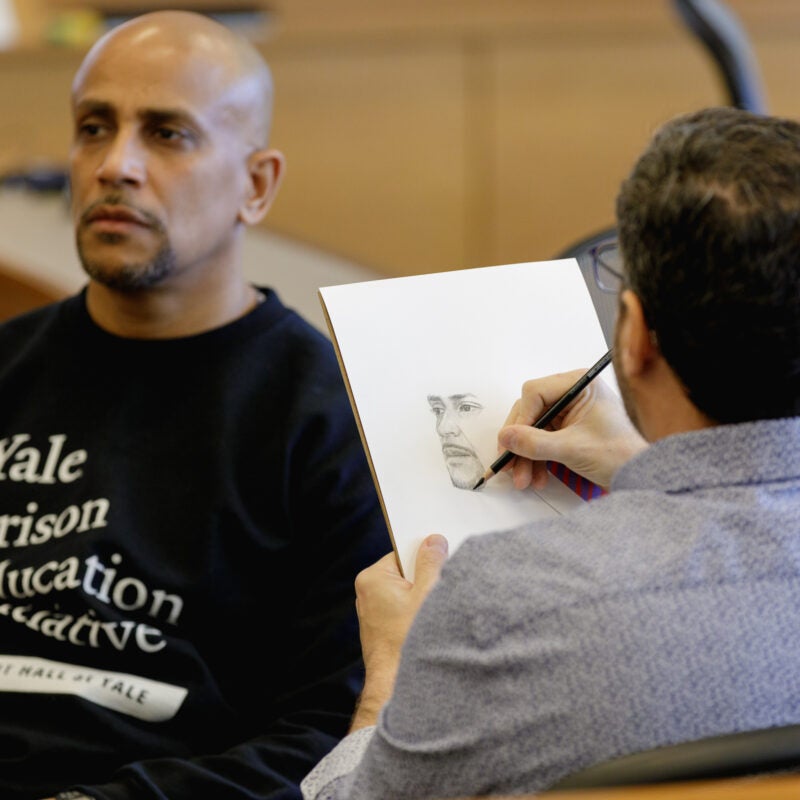
Harvard Defenders' Litman Symposium shines a spotlight on incarcerated artists
April 26, 2024
"We wanted people to tell us about their humanity, and about the way that the incarceration experience changed them," says Déborah Aléxis ‘25.
Clinic Stories News, stories, and updates from the world of clinical and pro bono work at HLS
Contact Office of Clinical and Pro Bono Programs
Website:
hls.harvard.edu/clinics
Email:
clinical@law.harvard.edu
April 26, 2024
"We wanted people to tell us about their humanity, and about the way that the incarceration experience changed them," says Déborah Aléxis ‘25.